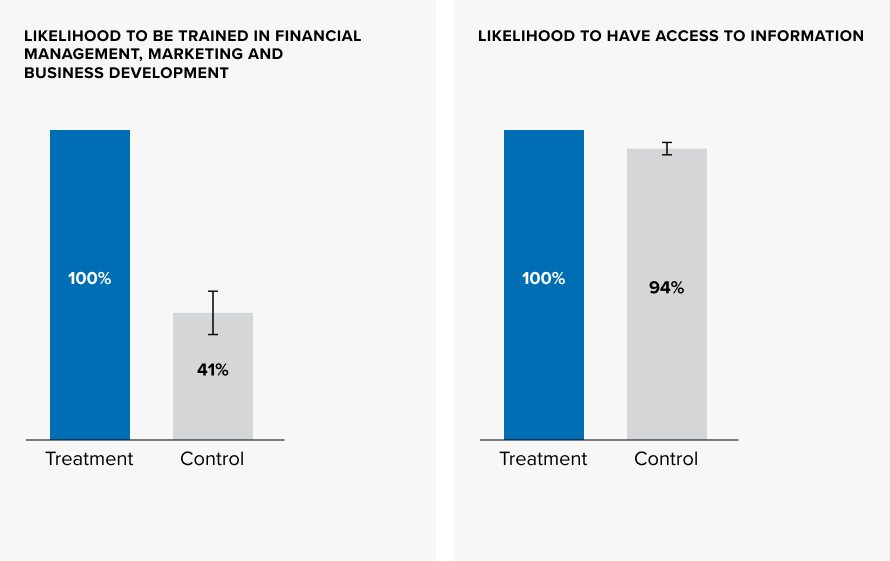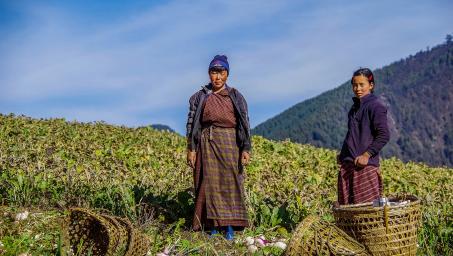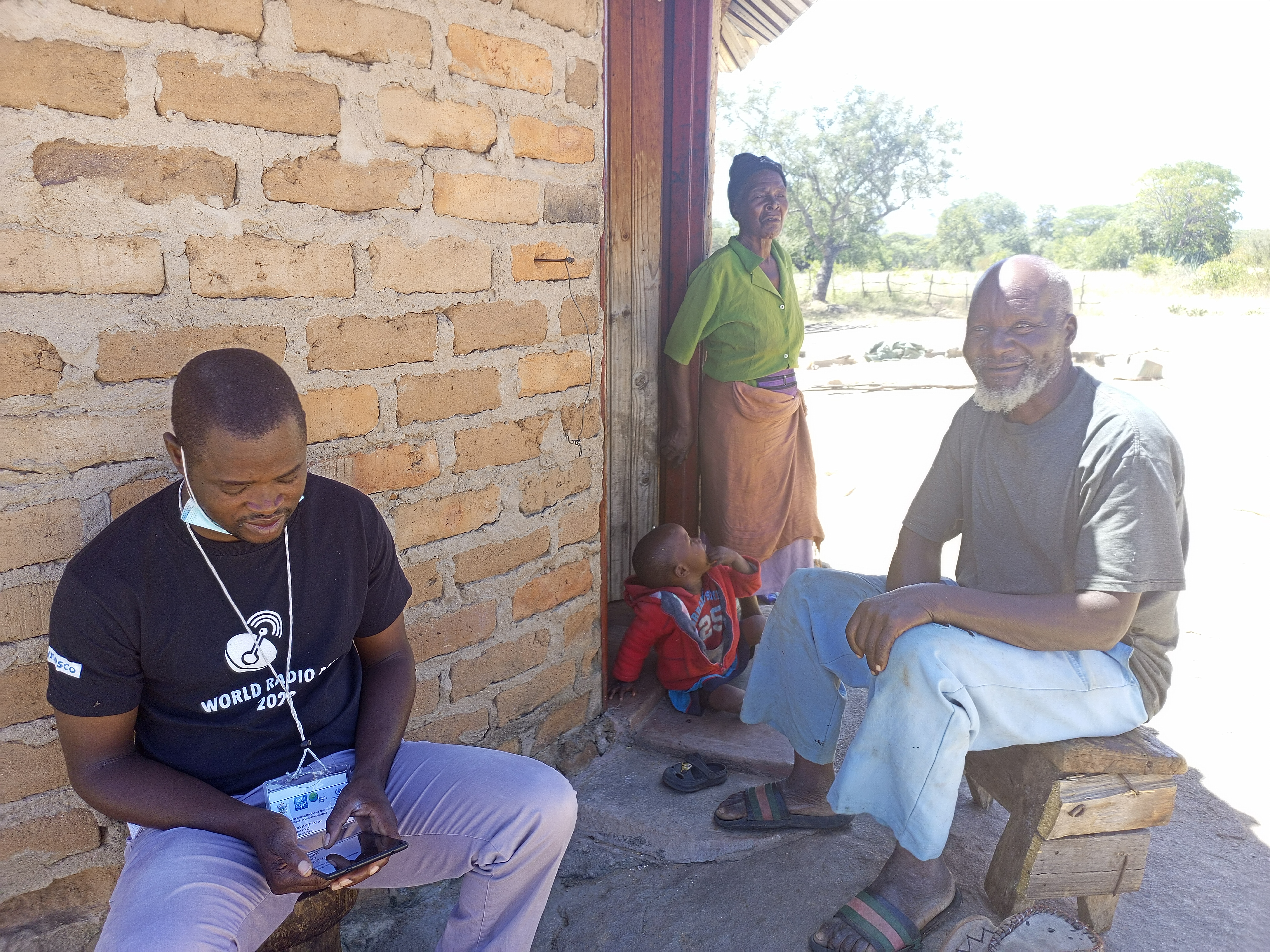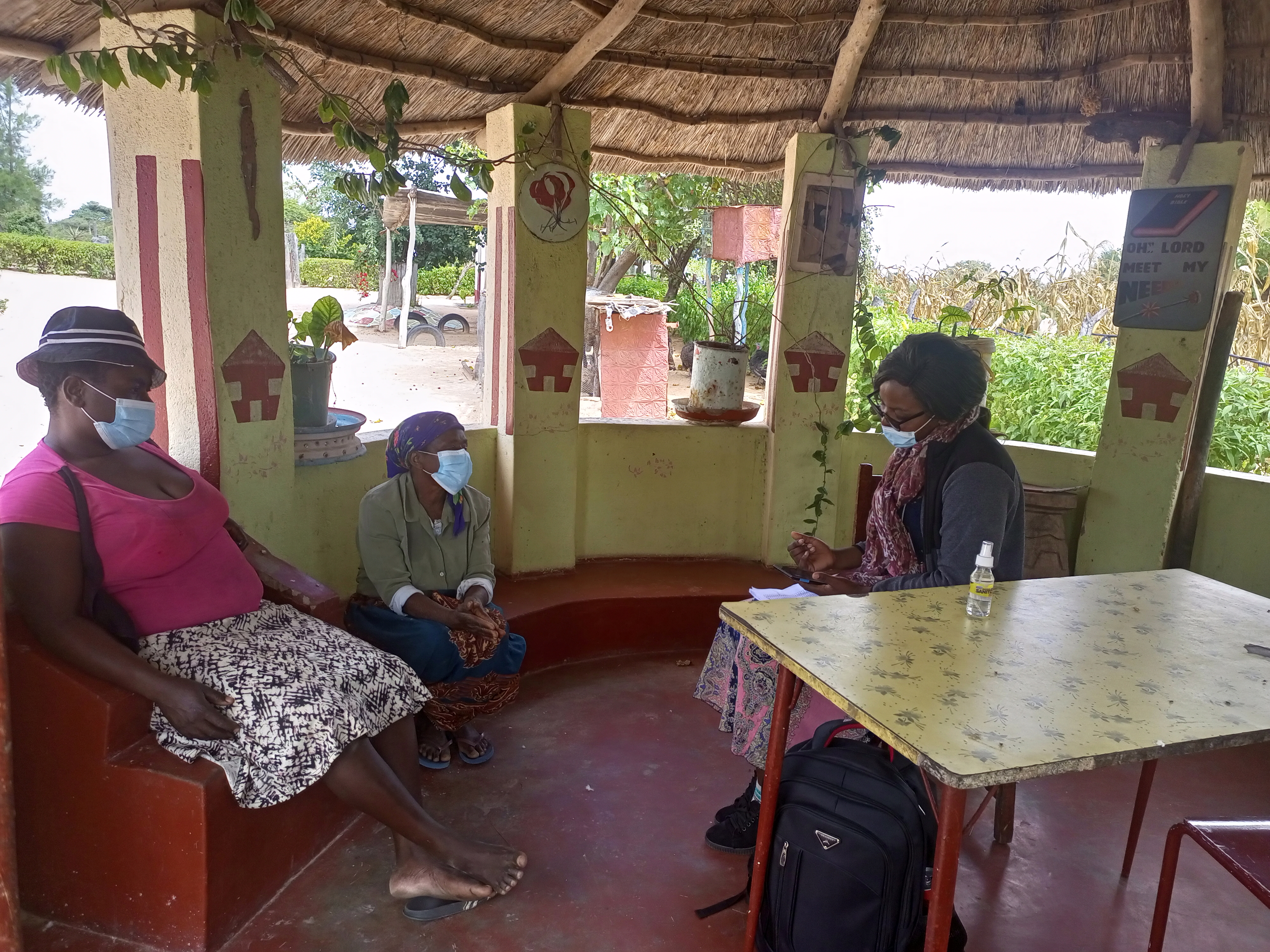Zimbabwe: A shift towards market-oriented agricultural livelihoods
Published on 11 May 2023
Overview
The revitalization of irrigation schemes, coupled with targeted peer-to-peer support, can boost water security for smallholder farmers and empower them with higher knowledge and stronger market linkages.
The role of infrastructure and information on managing climate risk
In rural Zimbabwe, 80% of the population depends on rain-fed agriculture. Beyond the development and improvement of irrigation infrastructure, the empirical literature shows that many economic and knowledge-related barriers still prevent an efficient management of water resources by farmers, especially women¹. Leveraging local knowledge through a hands-on approach , together with the provision of timely weather forecast and better agricultural inputs and practices seem to have worked in several countries, particularly in Sub-Saharan Africa². However, the effectiveness of a combined set of interventions focusing on improving farm incomes, livelihoods, food security, and ultimately, in reducing the risk of vulnerable groups to climate-related hazards, is highly context specific, and considerable knowledge gaps still exist when considering the scale and scope of households and communities in rural Zimbabwe.
Shifting from subsistence to climate-resilient agriculture
Funded by the GCF, implemented by Ministry of Lands, Agriculture, Fisheries, Water and Rural Development (MoLAFWRD), with UNDP’s support, the project “Building the climate resilience for vulnerable agricultural livelihoods in Southern Zimbabwe” targets vulnerable farmers (especially women) located in 15 districts across Manicaland, Masvingo and Matabeleland South provinces. The project will also support the installation of rainfall and hydrological gauging stations in selected irrigation sites. , and eExtension agents are also expected to improve their capacities to collect, analyse and timely disseminate weather forecasts to farmers. The long-term outcomes and impacts of the project can contribute to achieving country’s targets under the Sustainable Development Goals (SDGs) 1 - ‘No Poverty’, 2- ‘Zero Hunger’, and 13 - ‘Climate Action’.
From Theory to Reality: How project’s inputs and activities are expected to generate impact
What the data tells us
A comprehensive data collection of 4,180 households from 485 villages in the 9 project’s districts was conducted in 2022, focusing on gathering information on household socioeconomic status, financial inclusion, access to and use of climate information, farmer risk attitude and behaviour, agricultural production and practices, food insecurity and coping mechanisms towards shocks and stresses.
Data shows that beneficiary households were already more likely to use climate information (e.g. seasonal weather forecasts) to make farming decisions compared to non-beneficiary households. Differences were also observed on awareness and knowledge of financial management, marketing and business development. These findings suggest that the initial rollout of the programme seems to have started to an effect, at least in the short run. As expected, given that farmers need time to adjust their attitudes and behavior, no differences were initially found in the area under climate-resilient agriculture measures between groups.
Evidence from the on-the-ground data also indicates that both groups have similarly experienced shocks, but beneficiary households seem to use a higher number of coping strategies at their disposal. Despite having better dietary diversity, beneficiary households are more likely to experience hunger. The data collected also helped in identifying critical constraints to the translation of knowledge into practice - such as lack of financial resources for purchasing appropriate seeds or breeds, for example. Where these resources are a constraint, farmers might be more likely to fail to respond to the climate information provided, making impossible for them to fully tap the benefits of agricultural technologies.

Note: The designations employed and the presentation of material on this map do not imply the expression of any opinion whatsoever on the part of the Secretariat of the United Nations or UNDP concerning the legal status of any country, territory, city or area or its authorities, or concerning the delimitation of its frontiers or boundaries.
| Difference between non-beneficiary and beneficiary HHs (SE) | P-value | |
|---|---|---|
| Financial, business and marketing training | -0.59*** (0.07) | 0.00*** |
| Access to information | -0.06** (0.02) | 0.01** |
| Value chains | 0.34 (0.22) | 0.12 |
| Shock experience index | -0.01 (0.02) | 0.75 |
| Livelihood coping strategy index | 0.04* (0.02) | 0.02* |
| Climate smart agriculture | -0.54 (0.90) | 0.55 |
| Area under climate resilient agriculture measures | 0.01 (0.20) | 0.98 |
| Area under climate proof agriculture | -0.02 (0.20) | 0.90 |
| Human resource score | -0.05 (0.22) | 0.82 |
| Livelihood diversity score | -0.07 (0.06) | 0.24 |
| Asset and livestock score | -0.12*** (0.02) | 0.00*** |
| Climate information use on farming decisions | -0.87*** (0.16) | 0.00*** |
| Access to reliable clean water | 0.20 (0.12) | 0.10 |
| Household income | 0.00 (0.00) | 0.19 |
| Household dietary diversity | 0.23*** (0.08) | 0.00*** |
| Household hunger | -0.21*** (0.07) | 0.00*** |
| Constant | 1.79 (0.96) | 0.06 |
Note: *p<0.05, **p<0.01, ***p<0.001
What's next
Awareness of new technologies and agricultural practices does not immediately translate into benefits such as higher agricultural yields, income and food security. New rounds of data collection (expected for 2024) can shed more light on the extent of which farmers are actually modifying their attitudes and behavior towards the use of more climate-resilient practices. Also, evidence from fieldwork suggest that access to finance (not directly addressed by the project) might still prevent farmers from building resilient agricultural systems as they cannot fully afford the costs of it. Likewise, the on-the-ground data collection envisaged for the upcoming years can also help understanding how much financial constraints are affecting households in the short-term.
“I believe that all farmers get climate information, but whether they believe or use it is a different story. They get it, but it is their choice to use it or not”
—Meteorological services department in Masvingo Province
Publication
References
[1] Nyahunda and Trivangasi, 2021; Kjeldsen et all., 2009
[2] Djido et al., 2021; Amegnaglo et al., 2017; Makate et all., 2016
Related projects
Intervention
The objective of the project (2020-2027) is to strengthen resilience of agricultural livelihoods of vulnerable communities, particularly women, in southern Zimbabwe in the face of increasing climate risks and impacts. The project intervention builds the climate resilience of vulnerable agriculture livelihoods in 15 districts across three provinces of Manicaland, Masvingo and Matabeleland South through the following strategic components:
- increasing access to water for climate-resilient agriculture through climate resilient irrigation systems and efficient water resource management,
- increasing access to climate-resilient inputs and practices, as well as stronger market linkages and
- improving access to weather, climate, and hydrological information for climate-resilient agriculture.
Project Overview
Steps to assess impact
- Inception (plan, design and team set up)
- Develop & pilot a survey instrument
- Conduct a baseline survey & analysis
- Programme/Project implementation
- Conduct follow-up survey & analysis
- Estimation of impact / final report writing
- Dissemination of findings/evidence
Status
Ongoing
Start Date
2020
End Date
2027
survey firm
Dalberg Research
Technical partners
UNDP
Green Climate Fund (GCF)
Approaches to assess the impact
Following an experimental approach (RCT), baseline data collection was completed for a total of 4,180 farmer households. 1,352 were treated farmers, 1,385 were control farmers within treatment villages (C1) and 1,443 pure control farmers from outside the villages of intervention (C2). Differentiating between two distinct control groups allows to correctly identify spillover effects within each village and pure impact effects of the interventions. Spillover impacts are computed as a difference between estimates of treated farmers and control farmers, while pure impacts as difference between treated and pure control farmers. The information gathered covered indicators related to access and use of climate information services for decision making, use of climate smart agriculture (CSA) practices, crop production, water security, management capacity and food security status. Endline is expected to be collected in 2027.
Randomized control trial (RCT)














